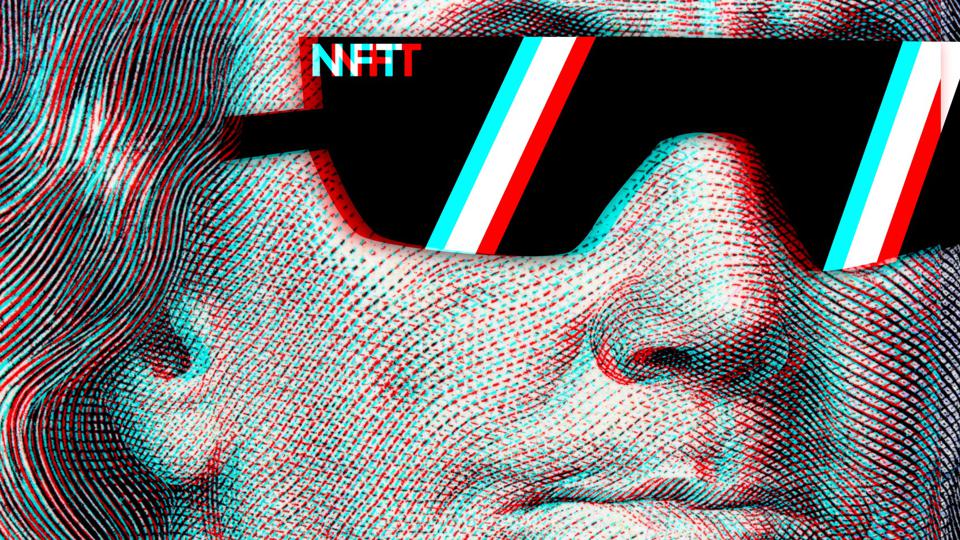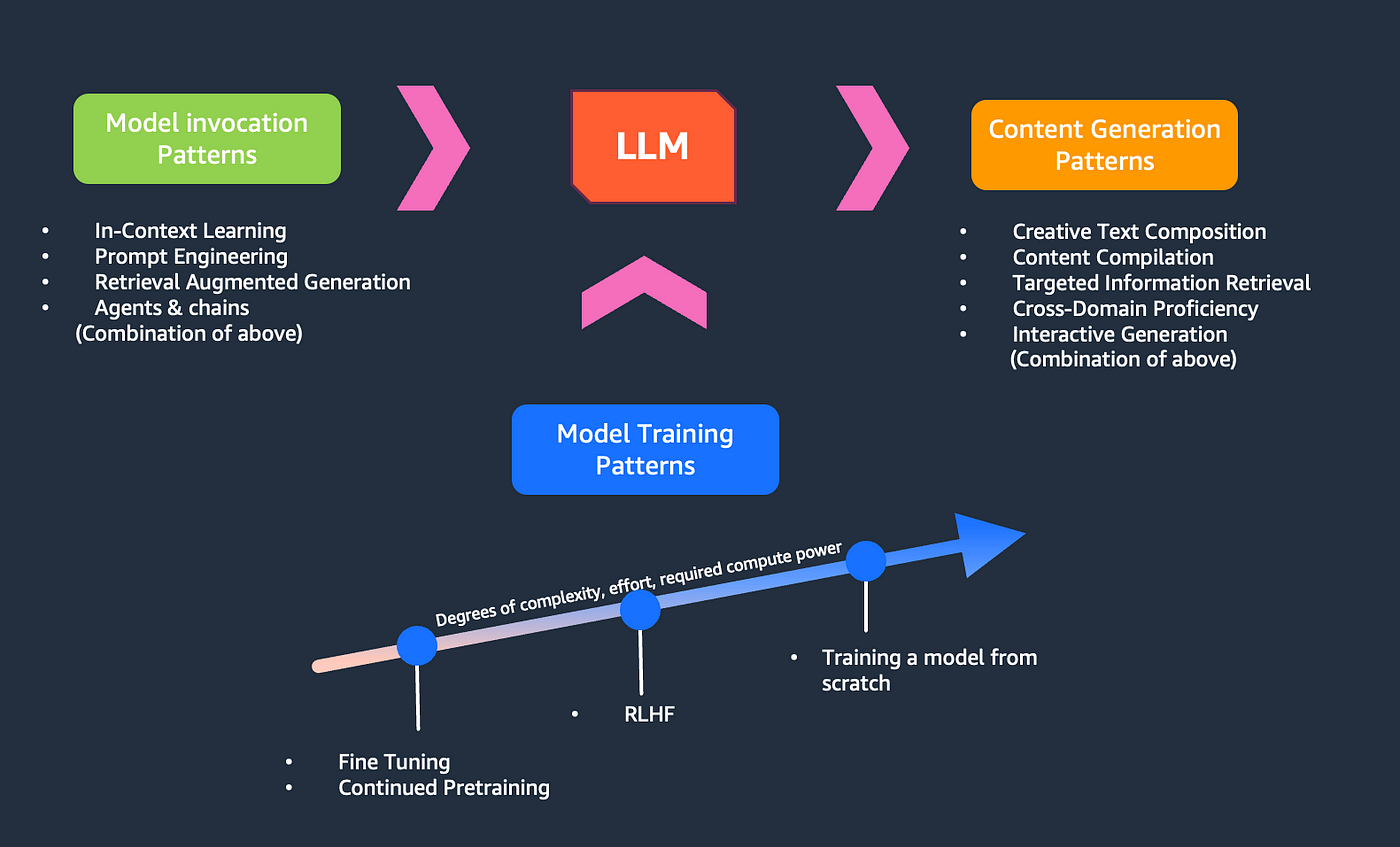Introduction to NFTs in 2024
As we step into 2024, Non-Fungible Tokens (NFTs) continue to soar in popularity and relevance within the digital economy. The landscape of NFTs is rapidly evolving, driven by advancements in blockchain technology and an increasing awareness of digital ownership. NFTs are unique digital assets representing ownership or proof of authenticity of various items, ranging from art and music to real estate and collectibles.
The Growing Role of NFTs
The surge in interest around NFTs can be attributed to their ability to provide creators with new revenue streams while giving collectors a chance to engage with unique digital content. According to industry reports, the NFT market is on track for significant growth, making it a compelling area for investors and creators alike.
As we observe the current trends, it’s evident that NFTs are not merely a passing fad; they are becoming integral to how we perceive ownership and value in the digital age. With platforms like OpenSea and Rarible continuously evolving, users are presented with more sophisticated tools to create, buy, and sell NFTs.
Why NFTs Matter in 2024
So, why are NFTs important this year? Here are a few key reasons:
-
Digital Ownership:
NFTs transform the traditional concept of ownership by allowing individuals to claim verifiable ownership of digital assets. This change is particularly significant in an era where digital piracy and reproduction are rampant. -
Investment Opportunities:
Investment in NFTs has become increasingly attractive. Collectors are looking for rare pieces that could appreciate over time, similar to physical art or traditional collectibles. The potential for high returns is driving engagement from both novice and seasoned investors. -
Community Engagement:
Many NFT projects now feature vibrant communities that bring together creators and collectors, fostering relationships and creating spaces for collaboration and support. Social media phenomena around NFT drops have highlighted the potential for community-driven marketing and engagement.
In summary, as we navigate through 2024, the importance of NFTs is underscored by their growth in digital ownership, investment avenues, and community involvement. Understanding these aspects is crucial for anyone interested in leveraging the benefits of NFTs in this burgeoning market.
It’s essential to remain aware of these trends and to engage with the evolving landscape. As the NFT space matures, staying informed will help you make savvy decisions, whether you’re looking to invest in NFTs or create your own.
How to Get Started with NFTs
Entering the world of Non-Fungible Tokens (NFTs) can feel overwhelming, but with the right guidance and resources, you can successfully navigate this burgeoning market. This section serves as a step-by-step guide on how to get started with NFTs, covering the essential platforms and investment considerations.
Selecting the Right NFT Platform
The first step to entering the NFT market is to choose a platform that aligns with your needs. Here are some of the top NFT platforms available in 2024, each offering unique features:
-
OpenSea: One of the largest NFT marketplaces, OpenSea offers a vast range of NFTs, from digital art to virtual real estate. It’s user-friendly and supports various blockchain networks.
-
Rarible: This platform empowers creators to easily mint and sell their NFTs. Rarible operates on a community governance model, giving users a voice in the platform’s direction.
-
Nifty Gateway: Known for hosting exclusive drops from famous artists and brands, Nifty Gateway allows users to purchase NFTs directly using credit cards, making it more accessible for newcomers.
-
Foundation: A platform that focuses on digital artists, Foundation facilitates the sale of limited edition NFTs while emphasizing community support and engagement.
-
Zora: Zora operates on a unique marketplace model where creators can mint and sell their NFTs while also benefiting from ongoing royalties on secondary sales.
Setting Up Your Digital Wallet
Once you’ve chosen a platform, the next step is to set up a digital wallet. A crypto wallet is necessary to store, purchase, and manage your NFTs. Popular options include:
-
MetaMask: A widely-used wallet that integrates seamlessly with NFT platforms and provides robust security features.
-
Coinbase Wallet: This wallet is user-friendly and offers backup and recovery options, making it a great choice for beginners.
Making Your First NFT Purchase
After setting up your wallet, you can fund it with cryptocurrency, such as Ethereum (ETH), which is commonly used for transactions on many NFT marketplaces.
-
Visit the NFT Marketplace: Go to your chosen platform and browse the available NFTs.
-
Select an NFT: Click on the NFT you’re interested in to view its details, including the price, owner history, and special features.
-
Complete the Purchase: Once you’ve decided on an NFT, you’ll follow the prompts to finalize your purchase, including any necessary transaction fees.
Conclusion
By selecting the right platform, setting up your wallet, and understanding how to purchase NFTs, you’re on your way to joining the vibrant NFT community. As the market continues to grow, seize the opportunity to explore and invest in this innovative space. Remember, research is key, so stay informed about the latest trends and developments to maximize your experience in the world of NFTs.
Monetizing Your NFT Creations
As the NFT landscape continues to grow, so do opportunities for creators to monetize their work effectively. This section explores various strategies for turning your NFTs into profitable ventures, from direct sales to innovative revenue models that leverage the unique characteristics of blockchain technology.
1. Direct Sales
The most straightforward method of monetization involves selling your NFTs directly on marketplaces like OpenSea, Rarible, and Nifty Gateway. When you create and mint your NFTs, you can set a price and list them for sale, allowing collectors to purchase them right away.
- Setting Your Price: It’s essential to conduct market research to determine a competitive price for your creations. Consider factors such as your reputation as an artist, demand for similar NFTs, and the uniqueness of your digital asset.
2. Royalties on Resales
One of the most appealing aspects of NFTs is the ability to earn royalties on secondary sales. Many platforms allow creators to embed royalty agreements right into the smart contracts of their NFTs, ensuring that you receive a percentage of the sale price whenever your NFT is resold.
- Royalty Percentage: Typically, creators can set royalties between 5% to 10% on future sales. This revenue stream enables artists to benefit from their creations even after the initial sale, fostering a sustainable business model over time.
3. Limited Editions
Offering limited edition NFTs can create scarcity and increase demand for your work. By producing a finite number of copies of a particular digital asset, you can drive up its perceived value in the eyes of collectors.
- Creating Hype: Utilize social media and marketing campaigns to promote your limited edition drops. Engaging with your community through platforms like Twitter and Discord can build anticipation and excitement around your releases.
4. Collaboration and Partnerships
Collaborating with other artists, brands, or influencers can broaden your audience and tap into new markets. Joint projects can lead to unique NFT offerings that attract collectors from both parties.
- Example: Pairing with a well-known brand to create branded NFTs can leverage their audience and elevate exposure for your work.
5. Subscription Models and Memberships
Another innovative monetization strategy involves creating a subscription-based model where collectors gain access to exclusive content or early releases of your work. This model encourages ongoing engagement and allows you to maintain a steady income stream.
- Platforms for Subscriptions: Consider using platforms like Patreon or Discord to manage subscriptions while offering special perks to collectors who support your art continuously.
Conclusion
The world of NFTs provides a wealth of opportunities for creators willing to explore innovative monetization strategies. By leveraging direct sales, royalties, limited editions, collaborations, and subscription models, you can cultivate a profitable venture while engaging with your community of collectors. The future of NFT monetization is bright, and those who remain adaptable are likely to thrive in this dynamic landscape.

MARKETING NFTS AND COMMUNITY BUILDING
As the NFT market continues to expand, the importance of effective marketing and community engagement cannot be overstated. Building a strong community around your NFTs not only enhances visibility but also fosters loyalty among collectors and fans. Here are key strategies to successfully market your NFTs while cultivating a thriving community.
1. Engaging Through Social Media
Social media platforms such as Twitter, Instagram, and Discord play a crucial role in building your NFT community. They provide avenues to share updates, engage with potential buyers, and receive real-time feedback. Establishing a presence on these platforms is essential.
-
Content Creation: Share behind-the-scenes content showcasing your creative process, upcoming drops, or collaborations. This transparency can help forge a deeper connection with your audience.
-
Regular Interaction: Actively engage with your followers by responding to comments, hosting Q&A sessions, and participating in discussions. This builds trust and keeps your audience informed and invested.

2. Creating Exclusive Perks
Offering exclusive benefits to your community members can incentivize engagement and loyalty. Consider providing early access to new NFT drops, special discounts, or exclusive content for loyal supporters.
- Membership Programs: Launch a membership or loyalty program that rewards your most engaged followers with unique NFTs, merchandise, or personalized experiences.
3. Organizing Community Events
Hosting virtual events such as live streams, art showcases, or online auctions can help bring your community together. These events create an opportunity for interaction and can generate excitement around your work.
- Collaborative Initiatives: Partner with other artists or creators for joint events, allowing you to tap into their audiences while providing fresh content for your existing fans.
4. Utilizing Influencer Partnerships
Collaborating with influencers in the NFT space can amplify your reach and bolster credibility. Influencers can promote your NFTs, expanding your exposure to potential buyers who trust their recommendations.
- Choosing the Right Influencers: Seek out influencers whose values align with yours and whose audiences overlap with your target demographic. Authentic partnerships yield better engagement than transactional collaborations.
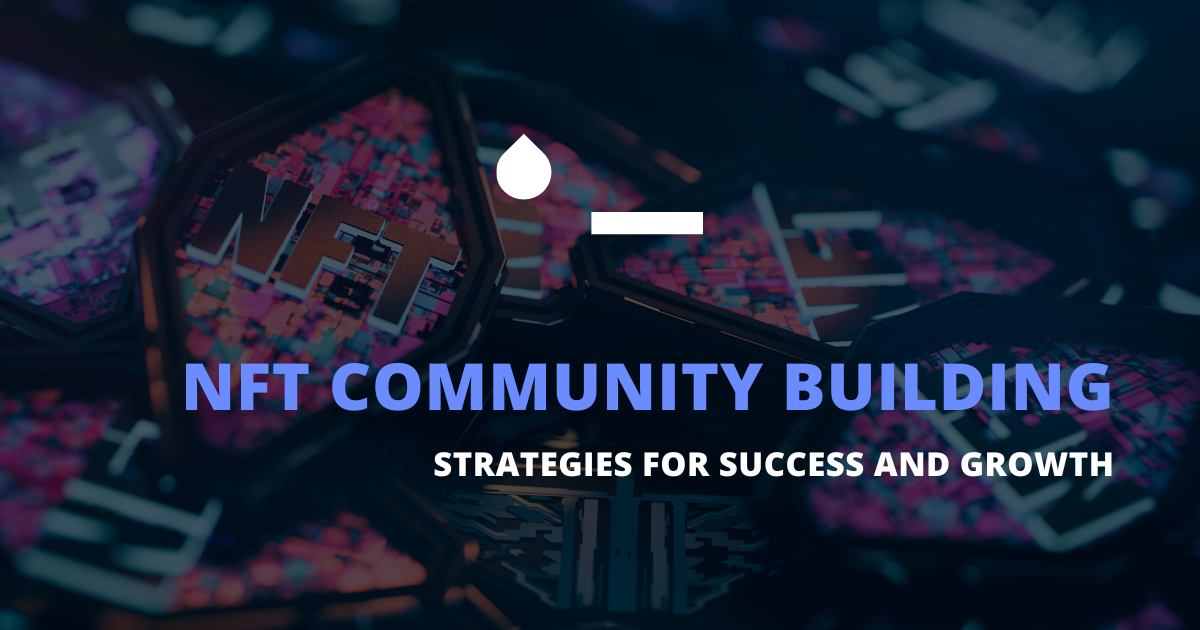
5. Continuous Feedback and Evolution
Listening to your community is vital to ensure your marketing strategies remain effective. Solicit feedback through surveys or direct messages, and be willing to adapt based on their responses.
- Evolving Your Offerings: By staying attuned to community preferences, you can continuously refine your approach to better meet their needs and expectations.
Conclusion
Marketing your NFTs effectively while building a strong community requires strategic engagement and relationship-building. By leveraging social media, offering exclusive perks, hosting events, utilizing influencer partnerships, and staying responsive to feedback, creators can foster an environment where both the community and the NFTs thrive together.
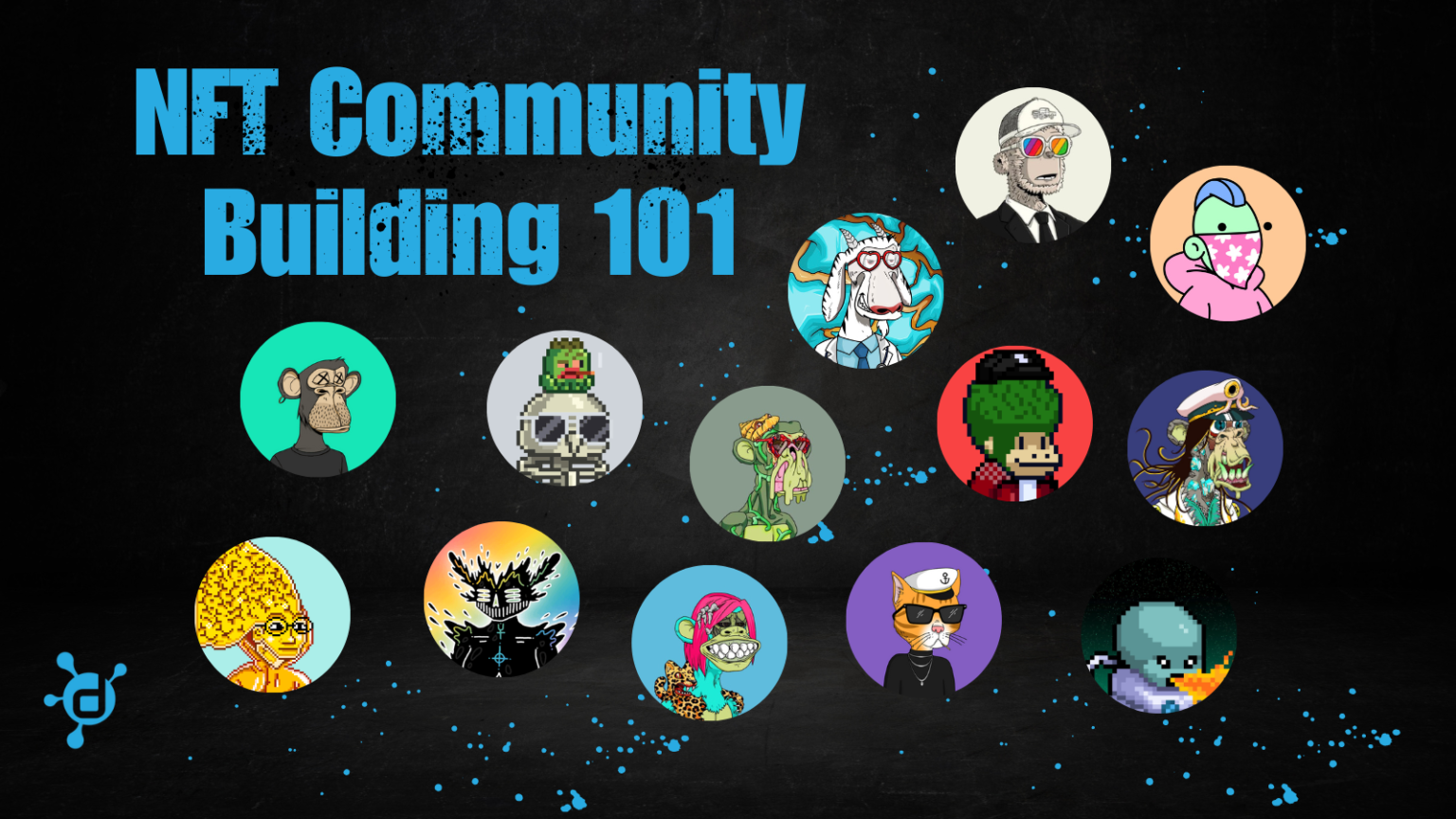
Conclusion and Future Outlook
As we look ahead to 2024 and beyond, the evolution of Non-Fungible Tokens (NFTs) signals exciting developments and opportunities for artists, collectors, and investors alike. The NFT landscape is continuously changing, driven by innovation and community engagement, making it crucial for stakeholders to stay informed and adaptable.
Emerging Trends in NFTs
-
Integration with Metaverse: With the rise of virtual realities and metaverse platforms, NFTs are expected to play a significant role in these digital spaces. Digital assets, whether virtual real estate or exclusive in-game items, will become pivotal as users seek ownership within these immersive environments.
-
Focus on Utility: The future of NFTs is shifting towards practical use cases beyond digital art. NFTs that offer utility—such as access to exclusive content, membership perks, or even real-world assets—will likely gain traction among consumers. This trend will broaden the appeal of NFTs to a wider audience.
-
Sustainability Initiatives: As environmental concerns grow, the NFT community is increasingly prioritizing sustainability. More eco-friendly blockchains are emerging, and projects focused on reducing their carbon footprint are gaining popularity. This shift will attract environmentally conscious collectors and creators.
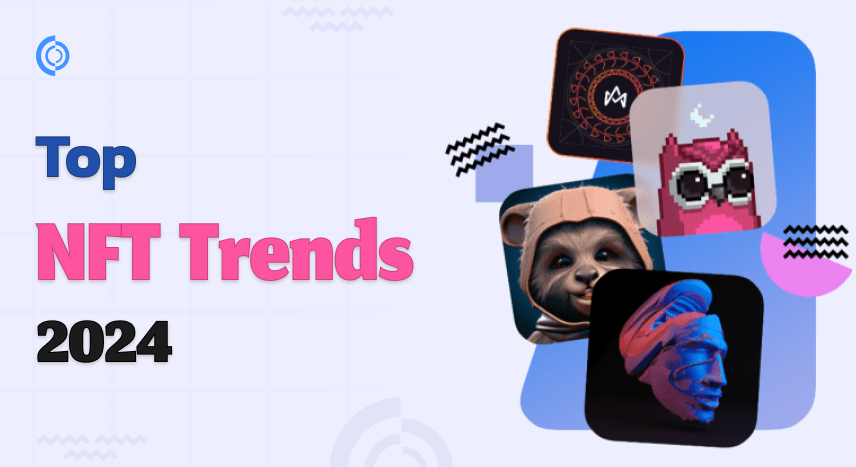
Investment Opportunities
Investors looking towards the future should consider the potential of NFTs as a diversified asset class. The intersection of blockchain technology and traditional investment opportunities paves the way for new financial instruments:
-
Fractional Ownership: Similar to real estate investment trusts (REITs), fractional ownership models are emerging, allowing multiple investors to co-own high-value NFTs. This trend lowers barriers to entry for less affluent investors while providing liquidity to the market.
-
NFT Funds: Investment funds specializing in NFTs are springing up, offering a way for investors to gain exposure to a diversified portfolio of assets. These funds can help mitigate risk and tap into the expertise of seasoned NFT investors and curators.
Continuing Evolution
In conclusion, the future of NFTs is filled with potential, marked by innovation, integration into broader digital ecosystems, and an expanding array of use cases and investment strategies. As the community grows and software solutions mature, staying agile and informed will be crucial for success in this dynamic market.
Looking forward, stakeholders must continue exploring the diverse opportunities NFTs present while remaining adaptable in a landscape characterized by rapid change. The next chapter of NFTs is just beginning, and those who are proactive will likely lead the way in this exciting frontier.
Conclusion and Future Outlook
As we advance into 2024, the trajectory of Non-Fungible Tokens (NFTs) reveals a landscape rich with opportunities and potential challenges. This section reflects on the insights gathered throughout this article, emphasizing the key trends and implications for the future of NFTs.
The Continuing Rise of NFTs
The NFT market has proven its resilience, bouncing back from past fluctuations. Collectors and investors are increasingly recognizing the value of NFTs, both as digital assets and as tools for community engagement and brand building. Trends indicate that NFTs will further integrate into various sectors, including gaming, art, and real estate, creating diversified investment opportunities.
-
Investment Benefits: The appeal of NFTs extends beyond novelty; they represent a unique investment class with the potential for significant returns. Collectors have witnessed high-value sales, and as NFT platforms evolve, so too do the options for fractional ownership and collaboration among creators.
-
Enhanced Functionality: The future will see a greater emphasis on utility-infused NFTs that provide additional benefits, such as exclusive access, members-only content, and even voting rights in community governance. This shift will broaden the appeal of NFTs to a wider audience.
Market Forecast for 2024
According to various analyses, the NFT market is expected to experience steady growth throughout 2024. Key factors influencing this growth include:
-
Mainstream Adoption: As more brands and creators integrate NFTs into their strategies, widespread acceptance is anticipated. This transition will pave the way for more innovative applications and higher valuations.
-
Technological Advances: Improvements in blockchain technology will enhance the scalability and functionality of NFT platforms. These advancements can make transactions more efficient and secure, fostering trust among users.
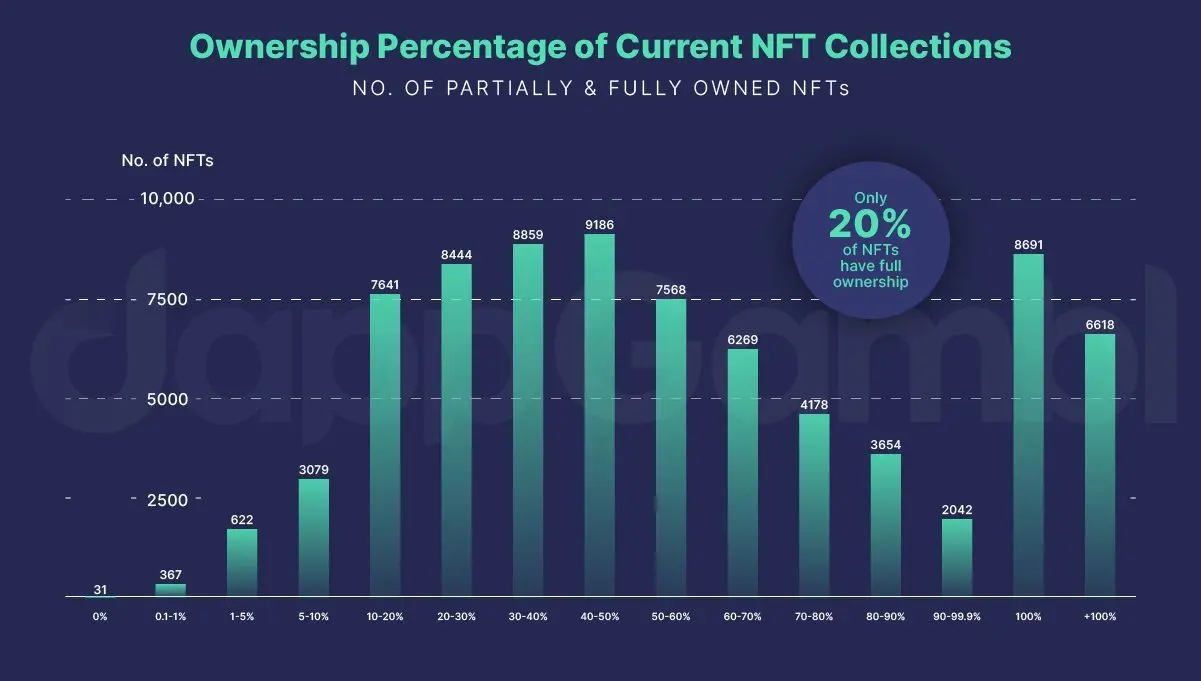
A Call to Action
For both creators and collectors, the evolving NFT landscape presents a call to action: to engage actively, explore new tools and platforms, and remain informed about market trends. The community surrounding NFTs will continue to play a vital role in shaping their future, influenced by the needs and desires of its members.
Embracing the Future
As we look towards the horizon, it becomes evident that while challenges may arise, the possibilities within the NFT space are boundless. Collaboration, innovation, and adaptability will be essential for navigating the future of NFTs. Stakeholders who embrace these principles will not only thrive but also lead the way in defining the next chapter of digital ownership and creative expression.
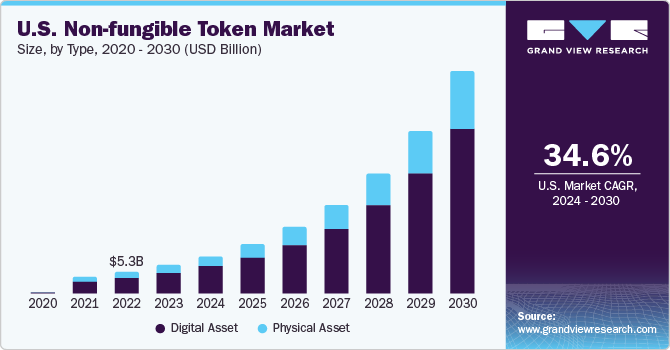
With the right knowledge and strategies in place, 2024 could very well be a defining year for NFTs, influencing how we create, exchange, and appreciate digital assets.



